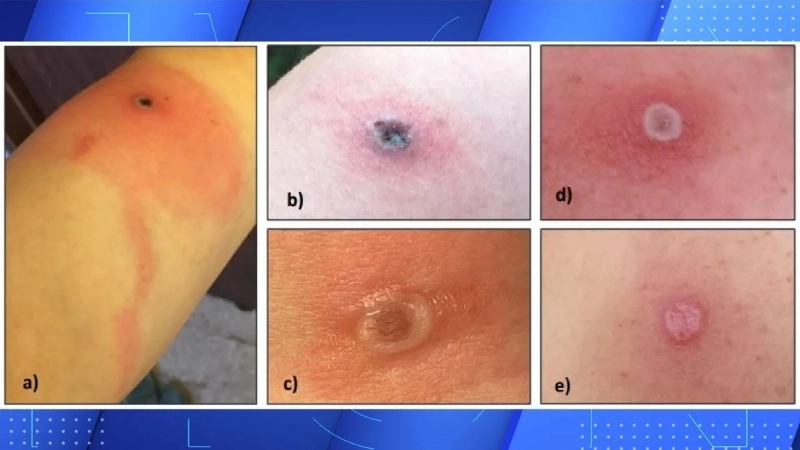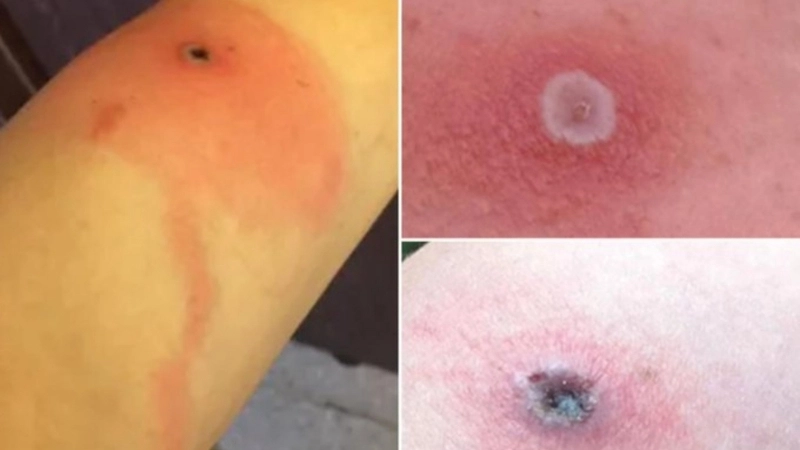Alaskapox is a rare viral disease that can cause fever and skin rashes. Learn how to recognize early symptoms, protect yourself, and seek proper medical care immediately.
What are the main causes of Alaskapox?
- Alaskapox is primarily caused by a virus transmitted through close contact with infected individuals or contaminated surfaces, leading to rapid skin infections.
- Environmental exposure, such as contact with infected animals or contaminated water sources, can increase the risk of Alaskapox in affected regions.
- Weak immunity, chronic illnesses, or delayed vaccination makes individuals more susceptible to contracting Alaskapox and experiencing severe symptoms.
Key symptoms of Alaskapox to watch for
- Red, itchy, and raised skin lesions often appear on the hands, arms, or face within days of exposure to the Alaskapox virus.
- Fever, fatigue, and swollen lymph nodes are common systemic signs that often accompany the skin outbreaks of Alaskapox.
- Headaches, muscle aches, and mild respiratory symptoms can occur, signaling that the virus is affecting the body beyond the skin.

>>>Refer to more: Understanding pityriasis rosea symptoms and causes
How can you prevent Alaskapox effectively?
- Regular handwashing with soap and sanitizers reduces the risk of Alaskapox transmission through contaminated surfaces or direct contact.
- Avoiding close contact with infected individuals and using protective clothing can prevent the spread of Alaskapox within households and communities.
- Strengthening your immune system through proper nutrition, vaccination, and avoiding chronic illness can reduce the likelihood of severe Alaskapox infections.
>>>Refer to more: Understanding adult t-cell leukemia/lymphoma causes
Image description of Alaskapox
Alaskapox is a rare viral skin infection that causes red lesions, mild fever, and fatigue. Early diagnosis and preventive measures are crucial to limit its spread.








>>>Refer to more: Understanding liver cancer (hepatocellular carcinoma) risks
Staying informed about Alaskapox is crucial. Follow expert advice, maintain hygiene, and monitor symptoms to prevent infection and ensure safety for yourself and loved ones.






